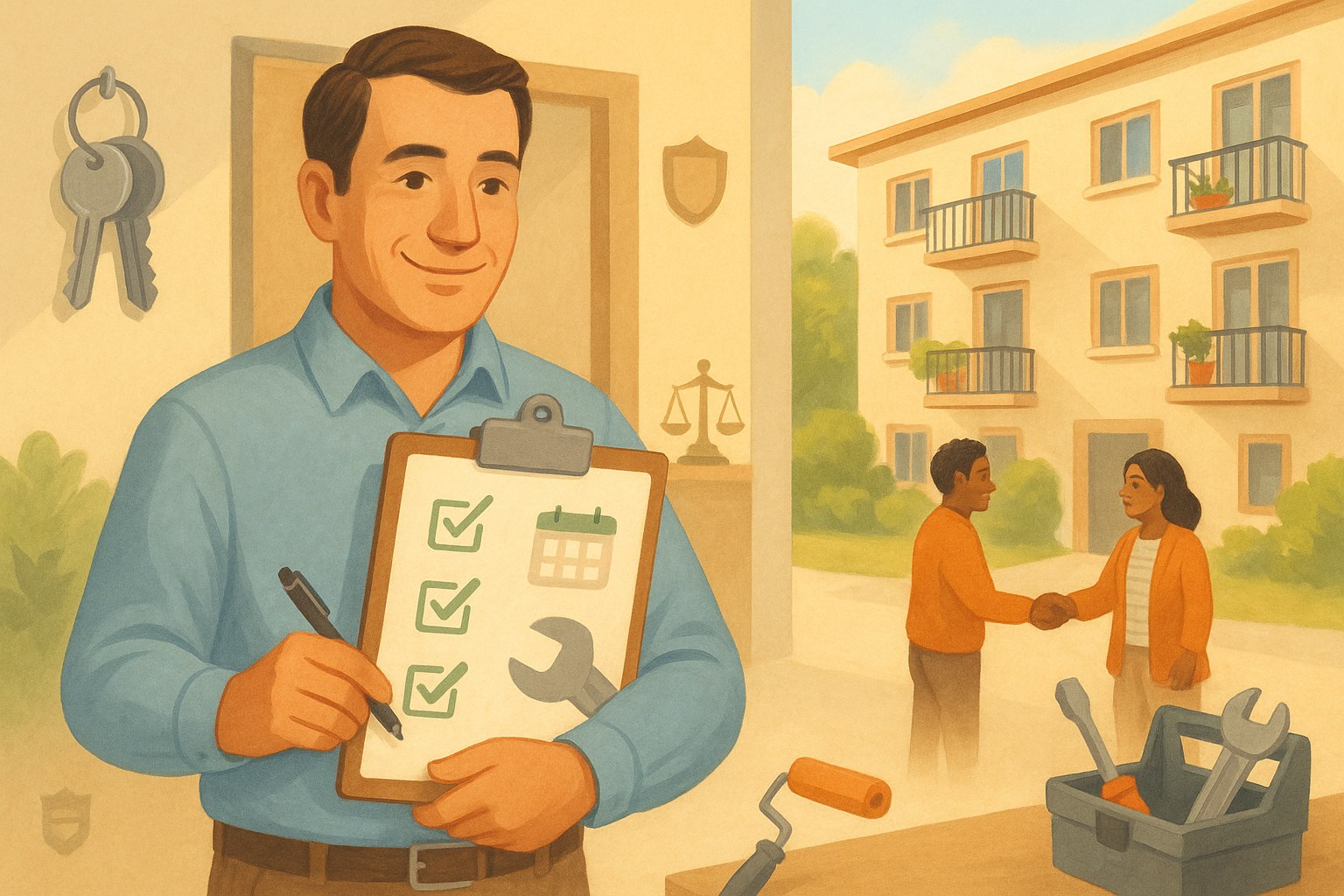Rental property in a snowy area? 5 pieces of snow removal equipment you need
 Owning snow removal equipment is practically a basic need in a snowy climate. And in many communities, snow removal is mandatory.
Owning snow removal equipment is practically a basic need in a snowy climate. And in many communities, snow removal is mandatory.
If you have a rental unit where snow accumulates, check the local bylaws. You’re likely to find that someone has to remove snow from public thoroughfares that cross your property, and there is often a time limit. For instance, cities like Ann Arbor, Michigan, give you 24 hours from the time it stops snowing to get rid of the white stuff.
Related: Snow removal—how to avoid being negligent
Whether you do the work yourself, pass the responsibility to tenants through the lease, or hire maintenance personnel, someone has to remove snow if you want to get around, and they’ll need equipment and supplies to do so. As the property owner, you’re responsible for non-compliance with snow removal ordinances, so it’s best if you make sure snow removal equipment is available. Here’s a list of what you should have:
1. Snow shovels
And not just one—you need two or three. You need them even if you have a snowblower. One of the shovels should have the capacity to move a lot of snow at once, but the others should be smaller. Snow is heavy when it’s slushy, and you don’t want anyone to pull a muscle, so the smaller shovels are an option if using the big one is impractical. They also come in handy should a snow shoveling party develop.
Snow shovels are lightweight, usually made of plastic, and they’re inexpensive, so there’s no reason not to have a collection. Keep them on the property so they are ready when the need arises.
2. Scraper
Where there’s snow, there’s usually ice, and clearing it off thoroughfares is part of the job of snow removal. You need a scraper to remove ice, and it should have a long handle so you don’t have to bend over. The scraper itself is usually nothing more elaborate than a flat piece of metal with a slight edge. A spade shovel will do the job in a pinch, but a scraper is lighter and easier to use. Save the spade for digging and spend $30 on a scraper.
3. Snow broom
When you get less than an inch of accumulation, it’s easier to sweep snow off walkways and driveways than to shovel it. While you can use any broom, a snow broom, which is a push broom with moderately hard bristles, works best. Some snow brooms come with a scraper installed on the other end of the long handle, and some come with LED work lights, which makes sweeping easier at night. These are great for sweeping snow off railings and steps.
4. Salt or sand spreader
The stuff that falls from the sky in winter isn’t always snow. If the temperature hovers just above the freezing point during the day, precipitation can take the form of sleet or rain. When the temperature drops at night, though, you’ve often got a frozen mess and a slipping hazard on your walkways.
Salt or sand is a must for these situations, so you should have some. You should also have a spreader to distribute it evenly. It’s akin to a fertilizer spreader for the lawn, and in a pinch, that’s what you can use. However, if you use a spreader for salt, don’t use it for fertilizer. Residual salt in your fertilizer spreader is bad for your lawn.
5. Snowblower …maybe
Sure, a snowblower makes fast work of a large driveway or a long sidewalk after a nice powdery dumping, but it doesn’t work nearly as well in slushy snow. Not only that—someone has to start it. A snowblower engine is like a lawnmower engine, and if you’ve ever tried to start one of those in the spring after a long, wet winter, you know how difficult that can be. How much harder is it to start it in the middle of a wet winter? Often very.
If you have a tenant or maintenance staffer who is savvy about small engines and a warm, dry storage place, a snowblower can be a good investment. Otherwise, consider joining a neighborhood snowblower pool, or stick to manual snow removal equipment.
Snow removal liability can be confusing
Communities in northern climates are usually specific about snow removal requirements, and the bylaws are easy to understand. Not so in communities in which snow is uncommon. For example, Jonesboro, Arkansas, has no law regarding snow removal, so when the town got a 2-inch accumulation in 2013, some landlords let the snow melt rather than clear it. The result was general pandemonium in the town for a week.
One way to avoid liability and keep the community safe is to pass the responsibility to tenants by including a snow removal clause in the lease. Tenants are often in a better position to assess the situation after a snowfall than landlords. In multi-family dwellings or large apartment complexes, it’s probably a better idea to contract snow removal with a third party. Either option is better than doing nothing.
Related: 7 Extraordinary Lease Clauses That I Can’t Live Without







